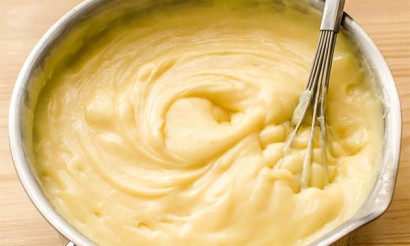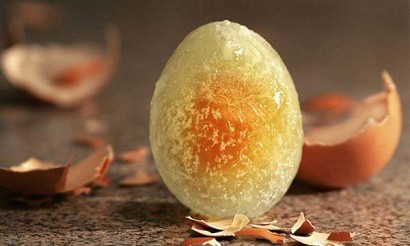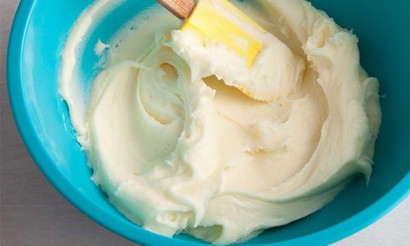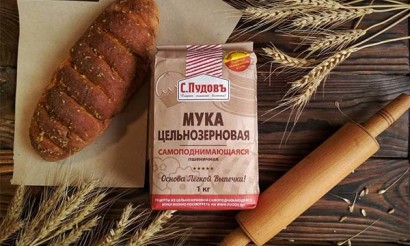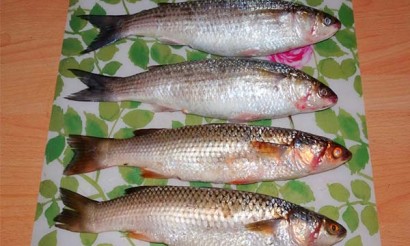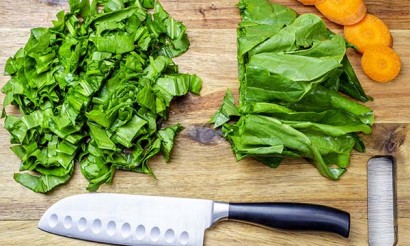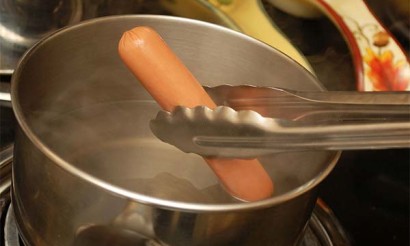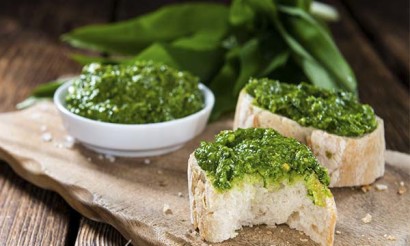What vitamins are missing when the heels are cracked?
Cracked heels - this is a real problem, most often inherent in the fair sex, which brings physical and psychological discomfort. After all, it's not only unpleasant, but also ugly. Wearing open light sandals or sandals on your feet becomes impossible.
Causes of cracked heels
Causes of rough and cracked skin on the heels may be:
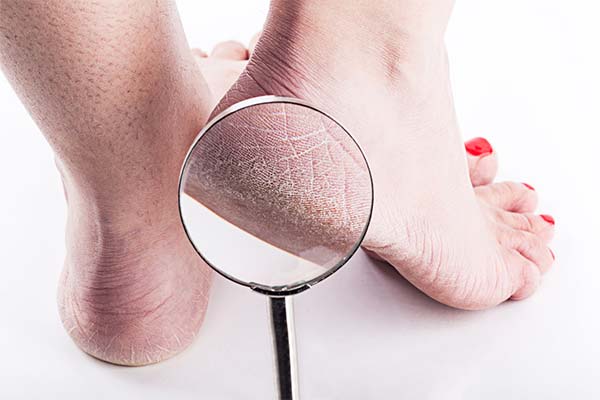
- Wearing uncomfortable, tight shoes for a long time.
- High load on the feet associated with prolonged standing position.
- Impaired blood supply to the lower extremities.
- Fungal diseases of the feet.
- Problems in the gastrointestinal tract, in particular the disease - gastritis.
- Thyroid disorders and improper functioning of the endocrine system.
- Lack of hygiene of the feet.
- Excessive care of the feet.
- Injuries.
- Diabetes mellitus.
- Lack of vitamins and minerals in the body.
Vitamin deficiency and its consequences
Whatever the true cause of cracked heels, a balanced diet of suitable foods will improve the situation or get rid of the problem completely. After all, it is the nutrition that determines the condition of the whole body, in particular the lower extremities. To keep your skin healthy, it is not enough to use only drugstores and cosmetics. The main attention should be paid to nutrition.
The occurrence of cracks on the heels is often associated with avitaminosis. So, if there is a lack of vitamin A, the skin rapidly loses elasticity, becoming dry and rough. The result - a lot of cracked heels. Causes of vitamin A deficiency may be diseases of the gastrointestinal organs, pathological problems of the endocrine system, poor diet, resulting in impaired metabolism in the body, a period of pregnancy. It is worth mentioning that vitamin A can "work" for beauty only in conjunction with vitamin E. Therefore it is very important to consume a variety of products containing these substances.
A natural antioxidant is vitamin E, which can protect skin cells and allow them to function for a long time. This element supports the skin and normalizes the immune system, which is very important for the beauty and health of the heels. Also this substance forms collagen fibers. Vitamin E deficiency often occurs in people suffering from all kinds of pathologies of the gastrointestinal tract. Such disorders do not allow it to be fully absorbed from foods.
Low vitamin C leads to premature aging of the skin, the inability of the body to produce collagen, the inability of the epidermis to retain moisture. Hence, dehydration of the skin cells develops, and thus dryness of the dermis, which in turn translates into the appearance of cracks and very rough patches. Vitamin C deficiency is observed most often in winter, when the intake of natural fruits and vegetables is reduced to a minimum. About how to make up for this deficiency will be written below.
A big role in the formation of healthy skin is played by B vitamins. Among them, vitamin B3, also known as niacin, is worth mentioning. It is also an antioxidant, fights free radicals, normalizes metabolic processes in skin cells, accelerates healing of wounds. Externally, the vitamin and products based on it are used to treat many skin diseases. With a lack of nutrient observed dryness and flaking of the skin. At first it may appear on other parts of the body that are more exposed to ultraviolet light. And then it can manifest as cracking of the skin on the soles of the feet.
In addition to the above-mentioned health benefits for the skin, other B vitamins are also necessary. The body also needs minerals - micro and macronutrients, without which it is impossible to achieve smooth and youthful skin.
What foods to eat to get rid of cracked heels
Based on all of the above, it is possible to make a list of necessary food products for eliminating the problem.
The largest amount of vitamin A is contained in liver, fish oil, green crops - dill, asparagus, leaf lettuce, spinach, parsley, carrots, rowanberries, butter, egg yolk. If it is deficient, it will also be useful to diversify the diet with pumpkin, cottage cheese, apricots, rosehips, watermelon, apples, carrots. But for the vitamin to be absorbed by the body fully, it must be combined with foods containing vitamin E. This is primarily fats. So it is advisable to eat carrots, seasoned with vegetable oil, sour cream or yogurt. Then the beneficial substances will be fully absorbed by the body and will act for the benefit of the beauty of the skin.
As mentioned above, vitamin E is found in the largest amounts in vegetable oils. These are almond oil, peanut oil, olive oil, sunflower oil, corn oil and the traditional - sunflower oil. In smaller amounts the useful component is found in egg yolk, broccoli, cucumbers, wheat germ, sunflower seeds and apples, cereals and legumes, soybeans, bran bread, green leafy vegetables, pork fat, beef, liver.
As for vitamin C, it is abundant in almost all fruits, berries, vegetables and herbs. But, first of all, sweet peppers, apples, oranges, lemons, grapefruit, kiwi, tomatoes, sauerkraut, broccoli and potatoes should be included in the daily diet. Vitamin C is also present in animal products such as liver and kidneys. Since in the cold season it is difficult to find natural fruits and vegetables without harmful additives, it is worth paying attention to seasonal vegetables. There is no point in buying an expensive watermelon in winter, which is unlikely to contain any useful components. But it will contain enough harmful components. Therefore it is better at this time of year to pay attention to citrus fruits, apples, potatoes and carrots, sauerkraut. You can also buy frozen berries - black currant, sea buckthorn, which preserved all the useful substances in the process of freezing. In winter, an additional support for the body will be decoction of rose hips.
Vitamin B is available in lamb, beef, lean pork, liver, yeast, nuts - peanuts, hazelnuts, cashews, pistachios, rye, buckwheat, wheat flour, mushrooms - chanterelles, champignons, oyster mushrooms, white, dairy products - cottage cheese, kefir, yogurt, fish - salmon, salmon, hunchback salmon, herring, legumes.
All these products are quite available for daily use, and their list is so impressive that it is not difficult to organize a varied balanced diet with their help.
Minerals to get rid of cracked heels
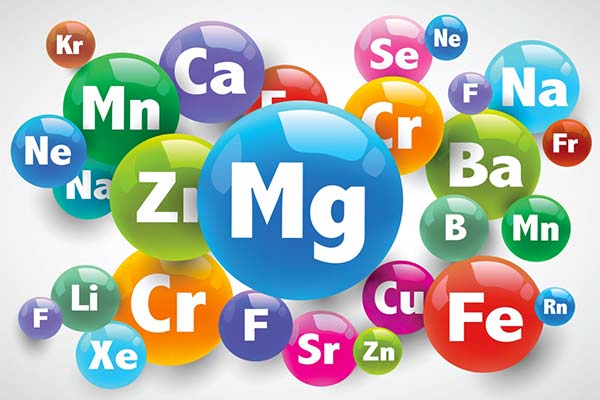
Just like vitamins, minerals must be fully supplied to the human body. Their shortage directly affects the appearance, as well as the skin. And the heels are no exception here. It is the minerals that perform the most important functions in the human body. These are:
- The supply of nutrients to cell membranes;
- participation in metabolic processes;
- activation of enzymes;
- Increasing the protective functions of the skin.
Micro and macronutrients make up most of the skin tissues, teeth, bones and hair. Therefore, they need to enter the body continuously. Among the minerals, first of all, it is worth mentioning:
- Zinc is used to produce collagen, builds skin structure, regenerates cells and heals wounds. There is a lot of zinc in red meat and liver, eggs, pumpkin seeds.
- Sulfur is part of the outer layers of the epidermis, inhibits the growth of harmful bacteria, accelerates wound healing and reduces inflammation. Radishes, egg yolks, beef, garlic, onions and algae contain large quantities of the mineral.
- Silicon - is involved in the synthesis of hyaluronic acid, helps to maintain skin elasticity, is responsible for its strength. Thanks to silicon in the skin is an active metabolism, and its protective properties are significantly increased. Lack of the mineral leads to dryness, irritation, and as a consequence, cracks on the heels. You can replenish silicon in the body by eating rice, oats, barley, cucumber, especially its peel, beans, and lentils.
- Magnesium is generally positive for the nervous system. But its deficiency leads to stress, which, in turn, negatively affects the condition of the dermis. Magnesium is found in bitter chocolate, bananas, nuts and seeds, sesame seeds and green leafy vegetables.
- Manganese is responsible for supplying oxygen to the body. Without it, skin loses firmness and a healthy appearance. Plus, manganese supports collagen production. Sea kale, pistachios, bran, spinach, oats, nuts and wheatgrass can all help replenish this deficiency.
- Selenium is a powerful antioxidant that may protect the skin from negative effects. Selenium is found in fish such as mackerel, sardines and humpback salmon, oat and wheat bran, cottage cheese, eggs and seeds.
These are the most important minerals for a healthy epidermis. By introducing foods rich in the listed substances into the diet, you can permanently get rid of cracked heels.
Forbidden products
Of course, there are foods, the consumption of which should be limited to a person who wants to get rid of unpleasant cracked heels. Their list is as follows:
- Pastries, sweets, as well as, bakery products in large quantities;
- sugary carbonated drinks;
- Snacks - chips, potato chips, kirieshki;
- fatty meat;
- Smoked meats, first of all sausages and frankfurters;
- canned food;
- hot sauces, ketchups;
- salty foods.
Already a week after the elimination of the list of foods from the diet, you can notice an improvement in the condition of the heels. Of course, provided that they are replaced by healthy for her products with a high content of vitamins and minerals.
Care for cracked heels
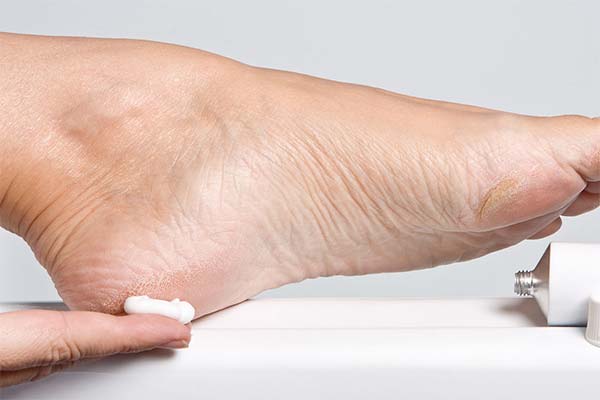
For a comprehensive treatment of peeling, cracked heels vitamins can be consumed not only internally, but also externally. Here to help is vitamin E, sold in capsules in pharmacies. Foot baths with the addition of liquid vitamin E to the water will help quickly restore the skin and nourish it with useful substances. Water can be replaced by decoction of medicinal herbs - it is mother-oil, chamomile, sage. For 2 liters of water or decoction add 5 drops of vitamin E. After taking a healing bath, feet are wiped dry and warm socks are worn. Use a liquid solution of vitamin and can be used for compresses. They are prepared for the same water solution as for baths, cotton towel is dipped in liquid and applied to the feet. Keep a warm compress for about 15 minutes, then wipe and lubricate feet with a suitable cream.
Very effective in this regard, homemade foot mask, made on the basis of natural butter, which adds a few drops of vitamin E. The mixture can be left on the heels and feet for about 20 minutes or perform with its help massage. Vitamin E, added to the cream for daily foot care, will also help accelerate the healing of the heels. Of course, to make the heels young, with skin like a baby, will allow essential oils. They, as already mentioned, contain a lot of vitamin E, as well as other useful components. For these purposes, watermelon, pumpkin, melon oil, which can be used not only externally, but also internally. All of the above remedies actively regenerate the skin, improve metabolism, increase cellular resistance to negative factors.
But to cure cracks in the heels only with external compresses and baths will not succeed. And, if so, only for a short time. Therefore, in the first place it is worth to reconsider the diet.
«Important: All information on this site is provided solely for informational purposes only. Before applying any recommendations, consult a health care professional. specialist. Neither the editors nor the authors shall be liable for any possible harm caused by materials."

